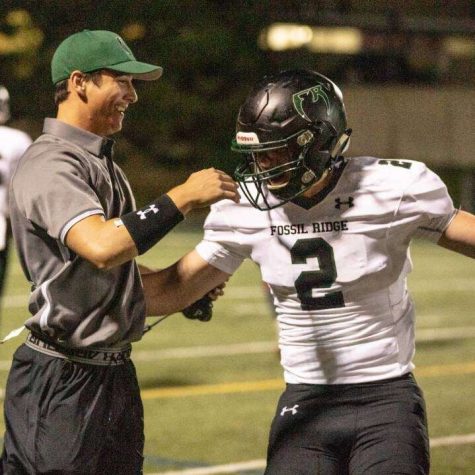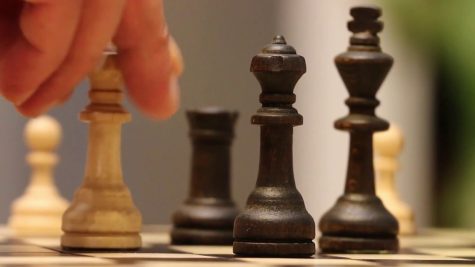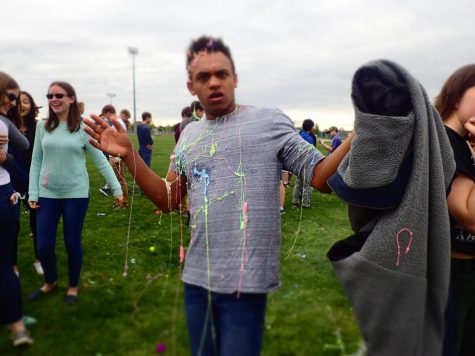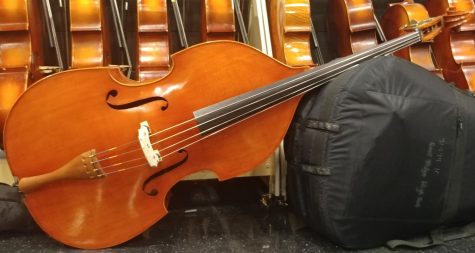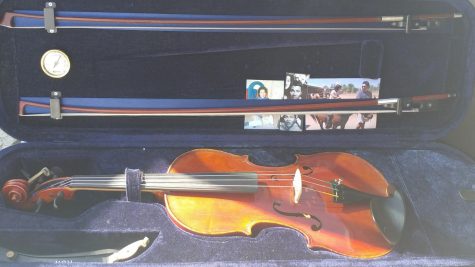Back to the Classics: The Elgar Cello Concerto
The cello was not considered a common solo instrument until several composers realized the potential it had and wrote popular concertos for the instrument. This led to many other composers writing some of the best works of music ever written. One of these works is Edward Elgar’s Cello Concerto, Op. 85.
Elgar wrote the cello concerto in 1919 during a dark period of his life. To start, Elgar had lived through and witnessed the horrors of the Great War that tore Europe apart and changed the world for the worse. In addition, his wife, Alice, was in poor health and was dying as Elgar wrote the cello concerto. Finally, he was suffering from throat problems that required surgical intervention, which at the time was a risky procedure. He survived, having had a septic tonsil removed, and when he woke up from the surgery, he wrote the opening lines to the cello concerto.
The first performance of the cello concerto was distastefully received. The conductor of the orchestra, Albert Coates, did not prepare the concerto with the orchestra, resulting in a disappointing performance. The concerto was not played for 43 years and was almost lost to the world. However, in 1962, emerging cellist Jacqueline du Pre performed the piece with the BBC Symphony Orchestra at the Royal Festival Hall at the age of 17, after playing and recording the piece multiple times with well-known conductors such as Daniel Barenboim. Her interpretation of Elgar’s concerto led it to becoming one of the most famous concertos ever written.
I played the entire cello concerto with the Greeley Chamber Orchestra in March of 2017, and I have posted videos of the different movements here.
Elgar begins this piece strong with the solo cellist playing four bold chords that set the tone of the first movement, which is then followed by a softer passage that brings a sadness to the piece. The first theme begins as a soft cry and slowly builds to a climactic point in the orchestra, and at its peak, the cello begins ascending with an E minor scale, followed by the orchestra taking over the melody. The second theme begins in a more major tone, but then falls into despair as the cello builds into the peaks of the second theme. The second them bridges into the first theme and ends with three plucked notes, which go directly into the next movement.
The second movement begins with a solo cello introduction, switching between long plucked chords and fast sixteenth note passages, with a bowed chord passage in the middle serving as a high point of the introduction. The music then transitions into a fast lighter passage filled with quick sixteenth notes. The movement has several buildup passages leading to several emotional phrases, but always leads back to the fast passage. The movement ends with the same motif brought up in the beginning of the passage and a plucked G Major chord.
The third movement shifts the mood of the piece to a slow, loving melody. The cello starts with a soft passage, but then reaches a passionate section and becomes sorrowful. The movement comes back to the original theme and ends looking hopeful for the future.
The fourth and final movement combines all of the ideas of the first three movements, containing the emotion of the first movement, the speed of the second movement, and a slow cry at the end of the movement, tying the concerto together. This movement features a musical dialectic, which is when two different musical structures in the same movement counter one another, between the solo cellist and the orchestra. The cello attempts to weave its way into the orchestra throughout the piece and finds several moments in the piece to do so. The movement begins slowly, reminiscent of the introduction to the first movement, and builds to a faster section full of conflict and anger. The solo cello features a wide variety of difficult material, ranging from passages of slurred, fast sixteenth notes to quick broken chords. The movement then transitions to a slower section, full of mourning and cries of help from the cello and responses to those cries from the orchestra. The cry ends with both the cello and orchestra slowly fading away on a suspended note, and just when the audience thinks the piece is over, the cello plays the same four chords from the beginning of the piece, bringing the piece together and finishing off with an angry E minor chord.
Your donation will support the student journalists of Fossil Ridge High School. Your contribution will allow us to purchase equipment and cover our annual website hosting costs.

Sasha Chappell, senior, is entering his first year on the Etched in Stone staff. As a new journalist, he hopes to bring different ideas to the team regarding orchestra and the vast world of classical music.
Outside of Etched in Stone, Chappell is a cellist involved with the Fossil Ridge High School...




